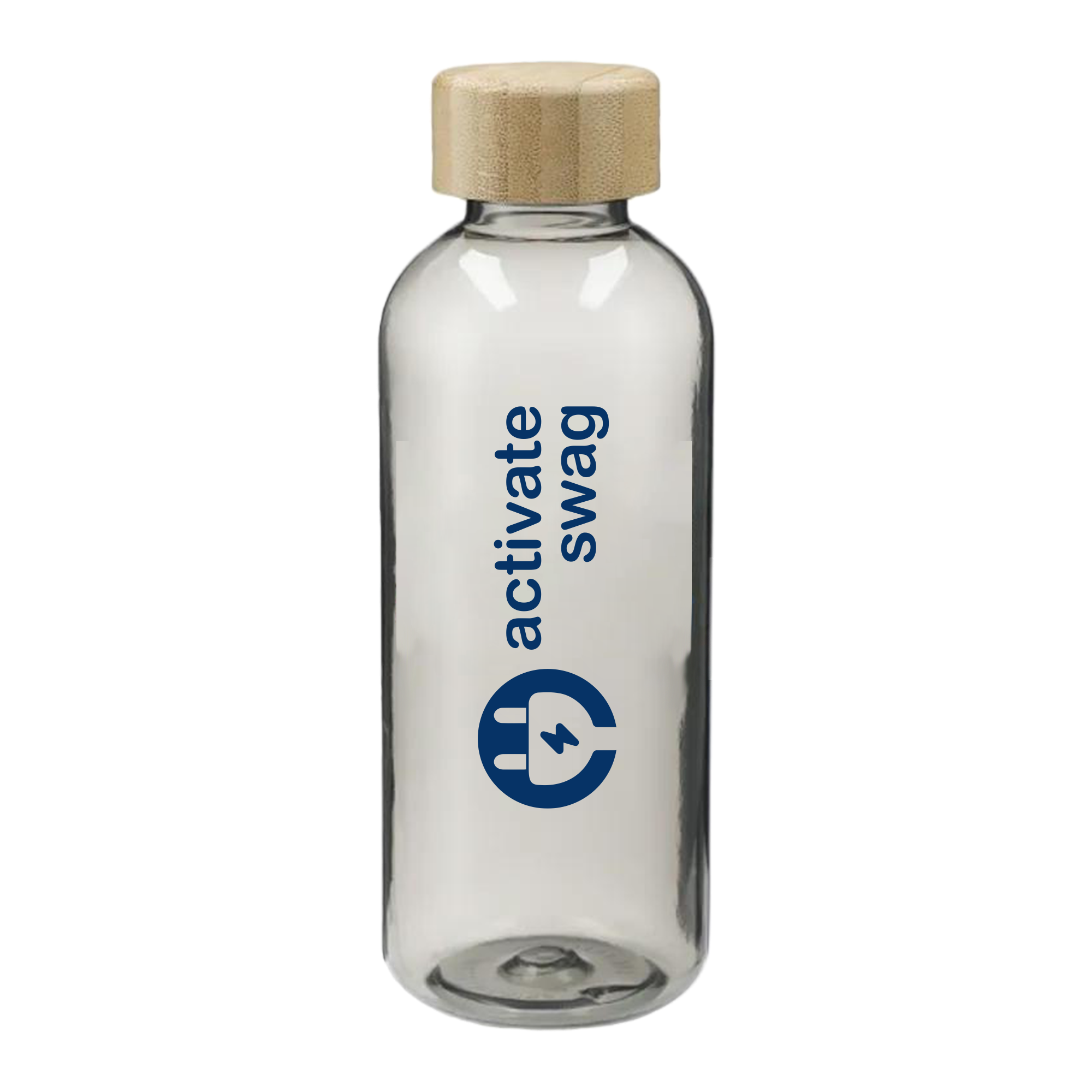Sona
22oz RPET Reusable Bottle w/ FSC Bamboo Lid
The Sona 22oz RPET Reusable Sports Bottle is single-wall constructed and features a stylish FSC-certified bamboo lid. The body of the bottle is made from 100% recycled plastic. Through a partnership with 1% For The Planet, one percent of sales of EcoSmart® products will be donated to environmental nonprofits. Hand wash only. This product is not for hot beverages over 140 °F.
Qty
Qty
Decoration Method
Total:
Add To Cart
$5.13 each / 125 pc
$641.25
Silk-Screen: printing method where ink is pushed through a woven screen (also called mesh stencil) onto fabric. The ink doesn't soak into the fabric, but lays on top of the product.
10 Business Days After Proof Approval.





